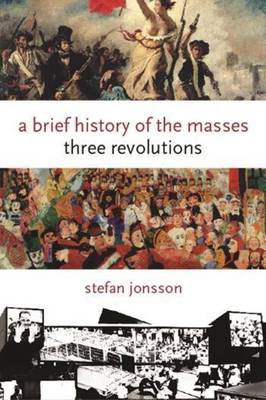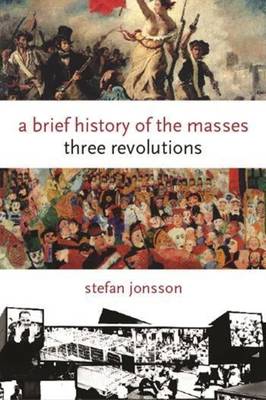
- Afhalen na 1 uur in een winkel met voorraad
- Gratis thuislevering in België vanaf € 30
- Ruim aanbod met 7 miljoen producten
- Afhalen na 1 uur in een winkel met voorraad
- Gratis thuislevering in België vanaf € 30
- Ruim aanbod met 7 miljoen producten
Zoeken
Omschrijving
Stefan Jonsson uses three monumental works of art to build a provocative history of popular revolt: Jacques-Louis David's The Tennis Court Oath (1791), James Ensor's Christ's Entry into Brussels in 1889 (1888), and Alfredo Jaar's They Loved It So Much, the Revolution (1989). Addressing, respectively, the French Revolution of 1789, Belgium's proletarian messianism in the 1880s, and the worldwide rebellions and revolutions of 1968, these canonical images not only depict an alternative view of history but offer a new understanding of the relationship between art and politics and the revolutionary nature of true democracy.
Drawing on examples from literature, politics, philosophy, and other works of art, Jonsson carefully constructs his portrait, revealing surprising parallels between the political representation of "the people" in government and their aesthetic representation in painting. Both essentially "frame" the people, Jonsson argues, defining them as elites or masses, responsible citizens or angry mobs. Yet in the aesthetic fantasies of David, Ensor, and Jaar, Jonsson finds a different understanding of democracy-one in which human collectives break the frame and enter the picture. Connecting the achievements and failures of past revolutions to current political issues, Jonsson then situates our present moment in a long historical drama of popular unrest, making his book both a cultural history and a contemporary discussion about the fate of democracy in our globalized world.Specificaties
Betrokkenen
- Auteur(s):
- Uitgeverij:
Inhoud
- Aantal bladzijden:
- 248
- Taal:
- Engels
- Reeks:
Eigenschappen
- Productcode (EAN):
- 9780231145268
- Verschijningsdatum:
- 6/08/2008
- Uitvoering:
- Hardcover
- Formaat:
- Genaaid
- Afmetingen:
- 152 mm x 231 mm
- Gewicht:
- 498 g

Alleen bij Standaard Boekhandel
+ 139 punten op je klantenkaart van Standaard Boekhandel
Beoordelingen
We publiceren alleen reviews die voldoen aan de voorwaarden voor reviews. Bekijk onze voorwaarden voor reviews.











